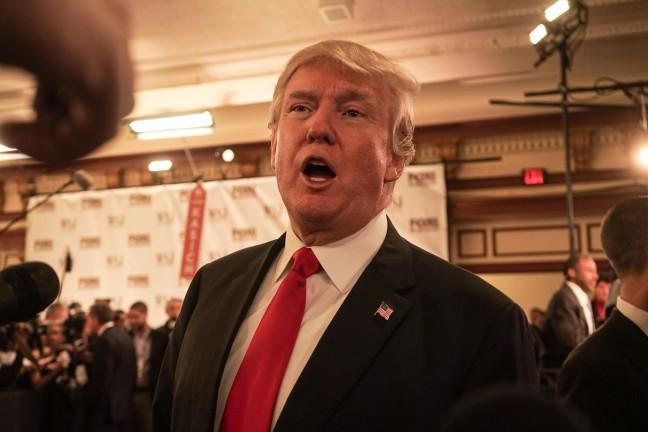It is finally here, what everyone on both sides of the isle has been waiting for. The GOP’s proposed replacement for the Affordable Care Act has finally been released, after months of promises and not much substance. So, how does it stack up to the pledged version?
First of all, we need to establish what was actually promised, and why it was done. President Donald Trump gave six clear promises about what he wants in his health care bill. The promises are as follows: “Everyone will be taken care of” and “insurance for everybody,” which are basically the same promise. Then, “no cuts … to Medicaid,” “no one will lose coverage” and “nobody will be worse off financially.” These are some incredibly bold claims, and if the GOP and him could pull it off, it would almost certainly be one of the biggest legislative successes of the last 100 years.
But it doesn’t look like that will happen.
To start off, Trump’s plan converts Medicaid into what is known as block grants, or cash sums given to states. This doesn’t sound like an inherently bad idea, but many are nervous. As one Republican governor put it, “we are very concerned that a shift to block grants or per-capita caps for Medicaid would remove flexibility from states as the result of reduced federal funding.” It doesn’t really bode well when members of Trump’s own party are not optimistic.
In regards to “everyone being taken care of,” “insurance for everybody” and “no one will lose coverage,” I don’t think it is particularly shocking none of these are actually in this bill.
Trump proposed a shift to a system of tax credits based on age compared to the ACA’s income based system, which Americans could use to pay for private care. In one report, the Kaiser Family Foundation laid out a series of maps indicating how this would affect costs for Americans.
The basic trend is if you make $20,000 or less a year, your costs will be almost universally higher. People over 60 in this earning range are seeing the biggest cuts of around 50 to 60 percent on average. As you move up in income, the younger population begins to see benefits of this bill, but seniors would still lose significant amounts of money.
Once you get into the wealthier tax brackets, younger people will see no real changes. At $100,000 a year and anyone over 40 will see massive increases in their coverage under this plan. In summary, this bill would significantly cut poor Americans’ benefits, help or leave alone younger middle class people and significantly help the richest Americans.
No surprises there. This bill would absolutely financially hurt lower class Americans, and everyone will certainly not be covered. This makes Trump’s campaign promises completely false with, in my opinion, not much wiggle room for argument. It is worth noting the Kaiser family foundation is one of the highest ranked nonpartisan organizations, just in case there are any cries of fake news.
Finally, the Congressional Budget office released its report on the bill, and came to the astounding conclusion the Legislation would cause 24 million Americans to lose coverage by 2028. This number is, frankly, a combination of astounding and appalling. I personally haven’t felt this way since writing an article on the original executive order on immigration.
Essentially, that is the gist of this bill. I will not claim this is everything in the bill, but these key elements show it will certainly not fulfill the campaign promises of Trump. I sincerely hope he amends the bill. We all want a strong health care system, and we are all rooting for a success in this department. But as it is, I would rate the campaign claims as 2/10 for truthfulness.
Harry Lees (lees2@wisc.edu) is a freshman majoring in political science.


